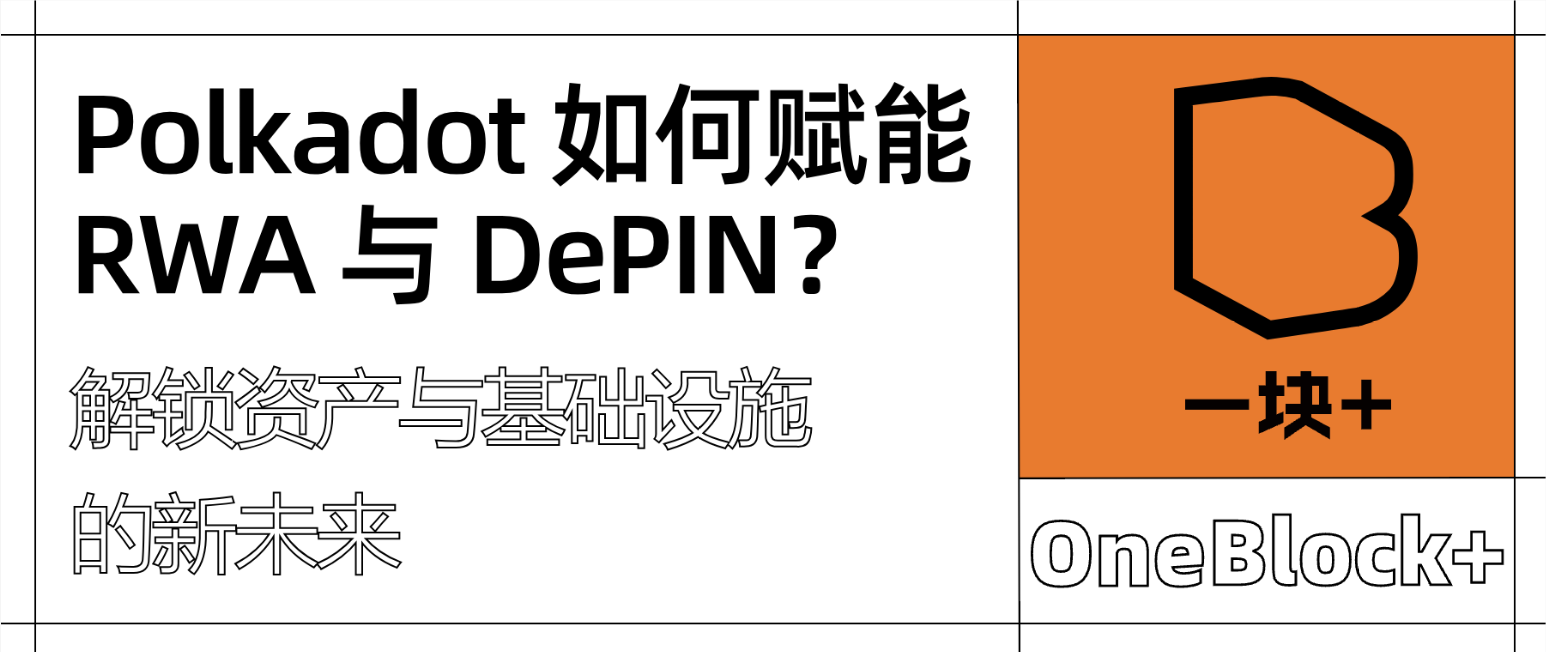
Blockchain technology is reshaping the way we interact with physical assets and infrastructure. RWA (real world assets) and DePIN (decentralized physical infrastructure network) are two core tracks that show huge market potential. According to the "2024 DePIN Status" report released by Messari, the current total market value of the DePIN market has reached US$50 billion, with more than 13 million devices involved in operations every day. It is expected that by 2028, the market size will grow to US$3.5 trillion.
At the same time, by the end of 2024, the total market value of on-chain RWA assets has exceeded US$14 billion. According to the Boston Consulting Group , by 2030, the global RWA asset market size is expected to reach US$16 trillion.
This transformative growth requires the support of high-performance, interoperable blockchain infrastructure. Polkadot, through its innovative cross-chain architecture and tokenization technology, is building a key bridge between these two areas, making real-world assets and infrastructure more civilian and accessible, unlocking unprecedented new opportunities in finance and energy for individuals and communities.
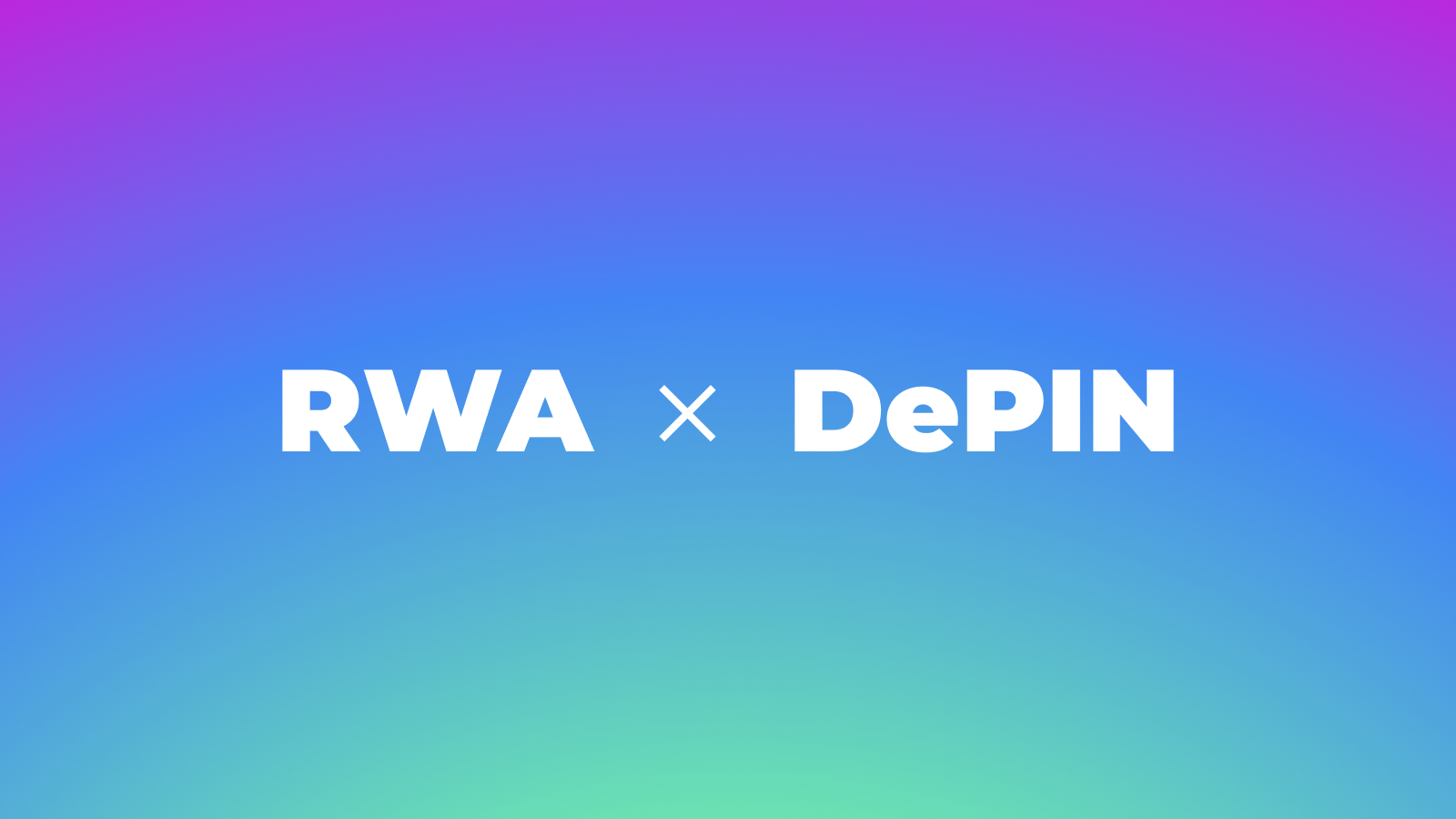
RWA: Connecting the physical market with the digital economy
RWA (Real-World Assets) refers to the digitization of physical assets (such as real estate, art, commodities, bonds, etc.) in the traditional financial system through blockchain technology, enabling them to be traded and managed on a decentralized network. Traditionally, these assets have limited liquidity, high investment thresholds, and rely on cumbersome legal procedures and intermediaries to ensure transaction security.
Tokenization breaks down these barriers, splitting RWA into tradable digital units , allowing more investors to enter the market at a lower cost. At the same time, smart contracts automatically perform asset management and profit distribution, reducing intermediary costs, and improving market transparency and transaction efficiency.
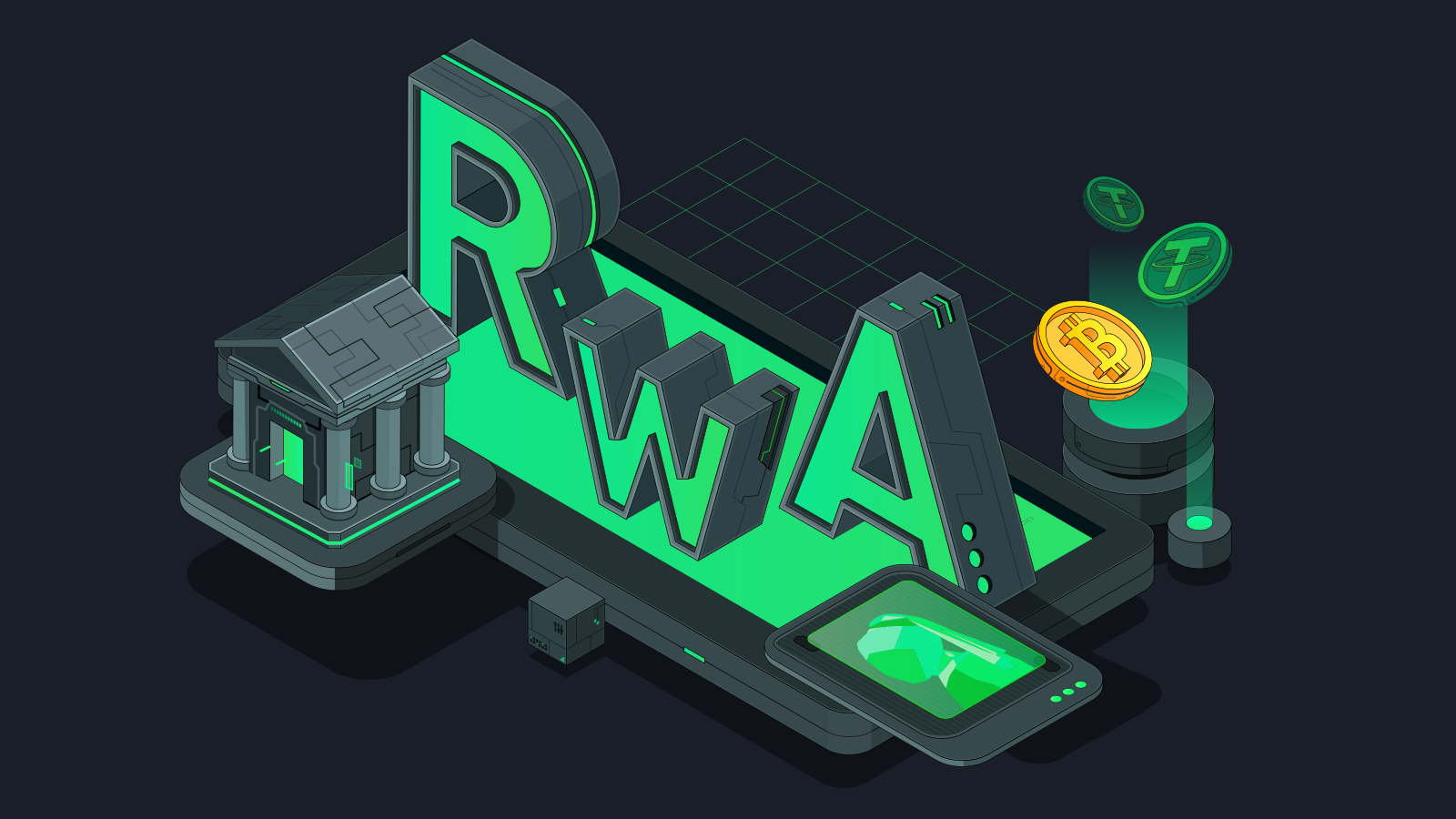
DePIN: A community-driven infrastructure network
DePIN (Decentralized Physical Infrastructure Network) is a new model for building and operating infrastructure using blockchain technology, covering energy, telecommunications, computing storage, transportation and other fields. Traditional infrastructure is usually centrally managed by governments or large enterprises, while DePIN encourages individuals and communities to contribute resources through a token incentive mechanism, making the ownership and income distribution of infrastructure more equitable.
For example, in decentralized wireless networks, individuals can provide bandwidth and receive token rewards; in decentralized energy networks, users can share solar power and earn revenue. This model not only improves resource utilization, reduces construction and maintenance costs, but also makes infrastructure operations more flexible and sustainable.
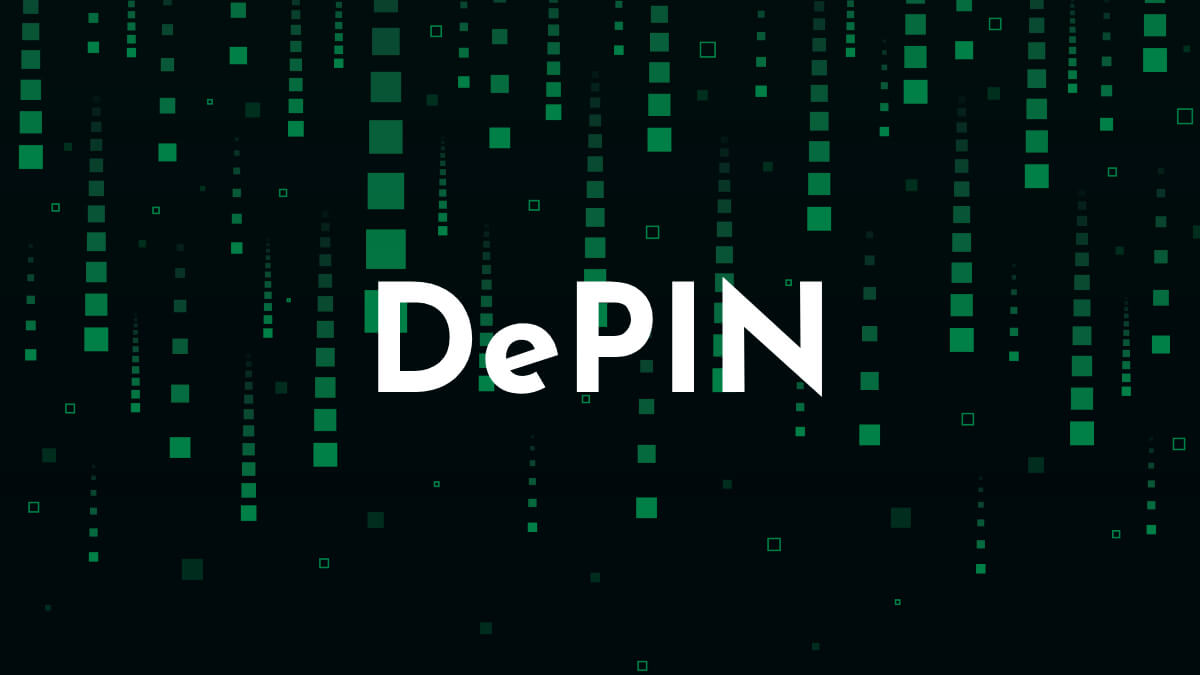
Tokenization: The key bridge between RWA and DePIN
Tokenization is the core link between RWA and DePIN, standardizing asset value and infrastructure resources into tradable digital assets to build a unified value exchange and equity system. Traditionally, RWA (such as real estate, art, commodities) and DePIN resources (such as energy, telecommunications, computing storage) are managed by centralized institutions, making it difficult for ordinary people to participate directly. Today, Tokenization makes the circulation of assets and infrastructure more flexible, and uses smart contracts to achieve automated management and equity distribution.
In the field of RWA, tokenization improves the liquidity and composability of physical assets. Assets such as real estate and bonds can be mapped to the blockchain, and investors can hold partial ownership, income rights or use rights in digital form, lowering the threshold and improving transparency. For example, real estate projects on the blockchain can be split into small equity units to allow more people to participate, and smart contracts automatically distribute rental income to reduce intermediary costs.
In the field of DePIN, tokenization establishes an incentive system and governance framework to enable infrastructure contributors and users to obtain economic rewards and decision-making power. For example, in a decentralized energy network, individuals can convert excess solar energy into digital equity, trade or share with the community, and smart contracts automatically settle accounts. The system operates in a decentralized manner without relying on traditional institutions.
More importantly, Tokenization promotes the value flow of RWA and DePIN, combining the two and enhancing each other. For example, a solar power generation project based on blockchain can belong to both RWA and DePIN, investors hold equity shares and receive returns, and community members trade freely in the market. Smart contracts automatically manage assets, income distribution and market settlement, allowing physical assets to circulate efficiently and increase value in the digital economy, and promoting the development of a decentralized economy.
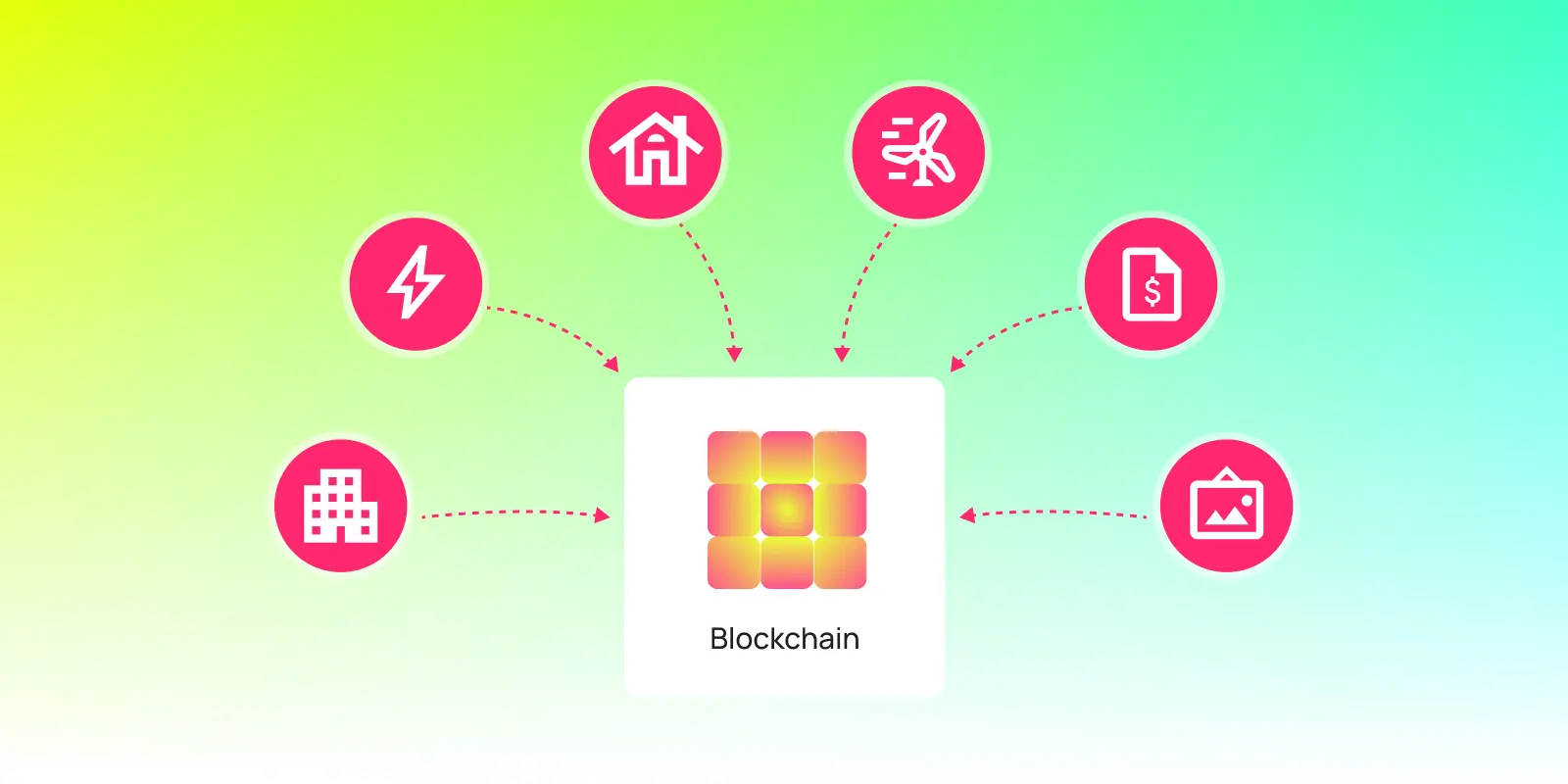
Polkadot: The underlying pillars of RWA and DePIN
Polkadot provides solid infrastructure support for RWA and DePIN applications through its unique technical architecture. Its core advantages are reflected in three key dimensions: interoperability, shared security, and scalability.
Interoperability: Polkadot's XCM (cross-consensus messaging) protocol allows RWA and DePIN applications to interact with other blockchains and external systems. For example, DePIN can be integrated with IoT devices, supply chains, and peer-to-peer energy networks, while RWA can obtain liquidity through DeFi protocols within and outside the Polkadot ecosystem.
Shared security: Polkadot adopts a shared security model, where all parachains share the security of the main chain, eliminating the need for projects in the RWA and DePIN ecosystems to maintain validator networks separately, thereby reducing security costs and providing stronger protection for regulated assets and critical infrastructure.
Scalability: Polkadot’s modular architecture supports parallel transaction processing, and the upcoming Polkadot 2.0 introduces Elastic Scaling, which dynamically allocates computing resources based on demand, enabling RWA and DePIN applications to efficiently process high-throughput transactions, whether it is IoT data processing or digital asset transactions for small investments.
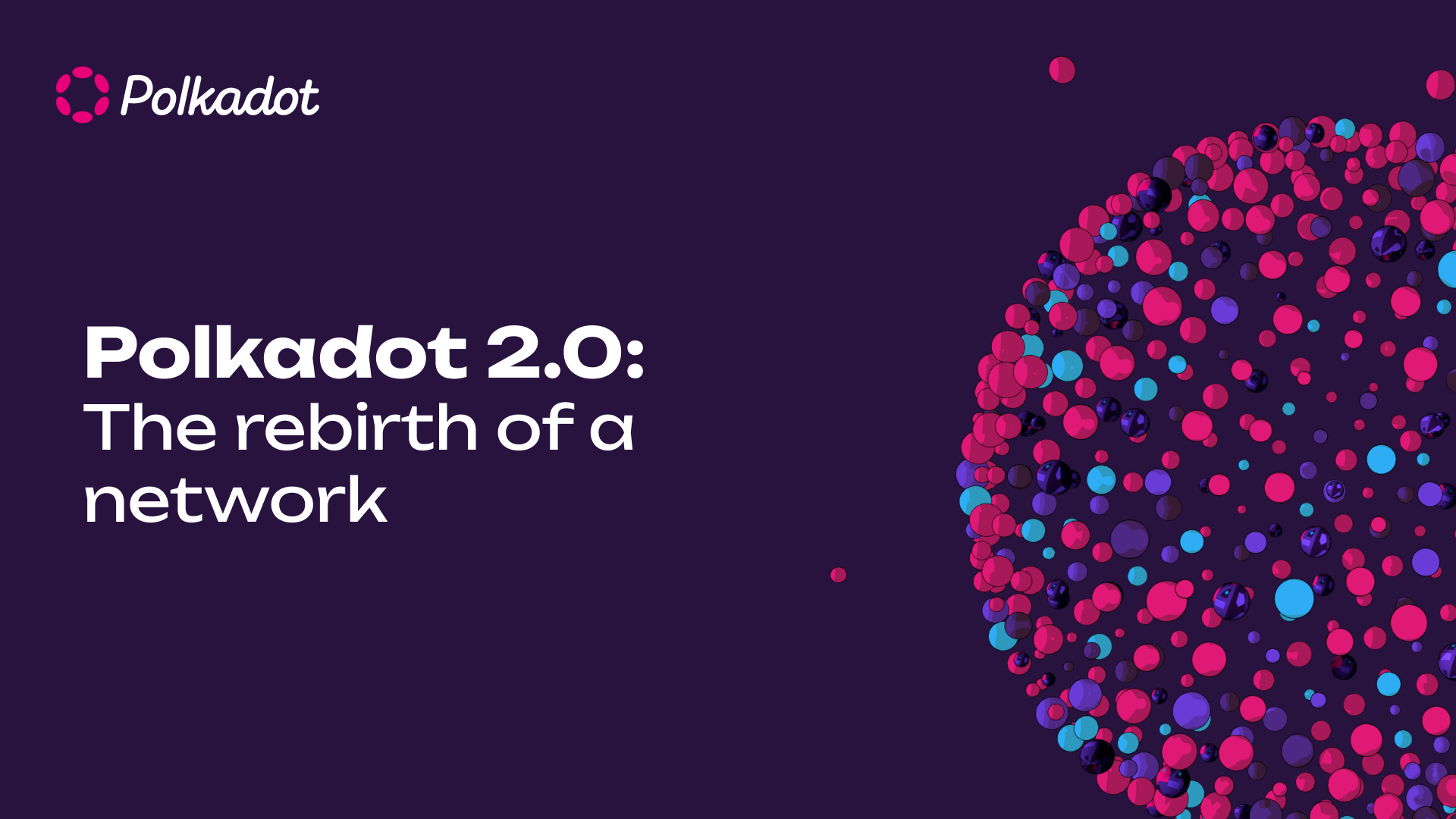
RWA and DePIN projects in the Polkadot ecosystem
Centrifuge
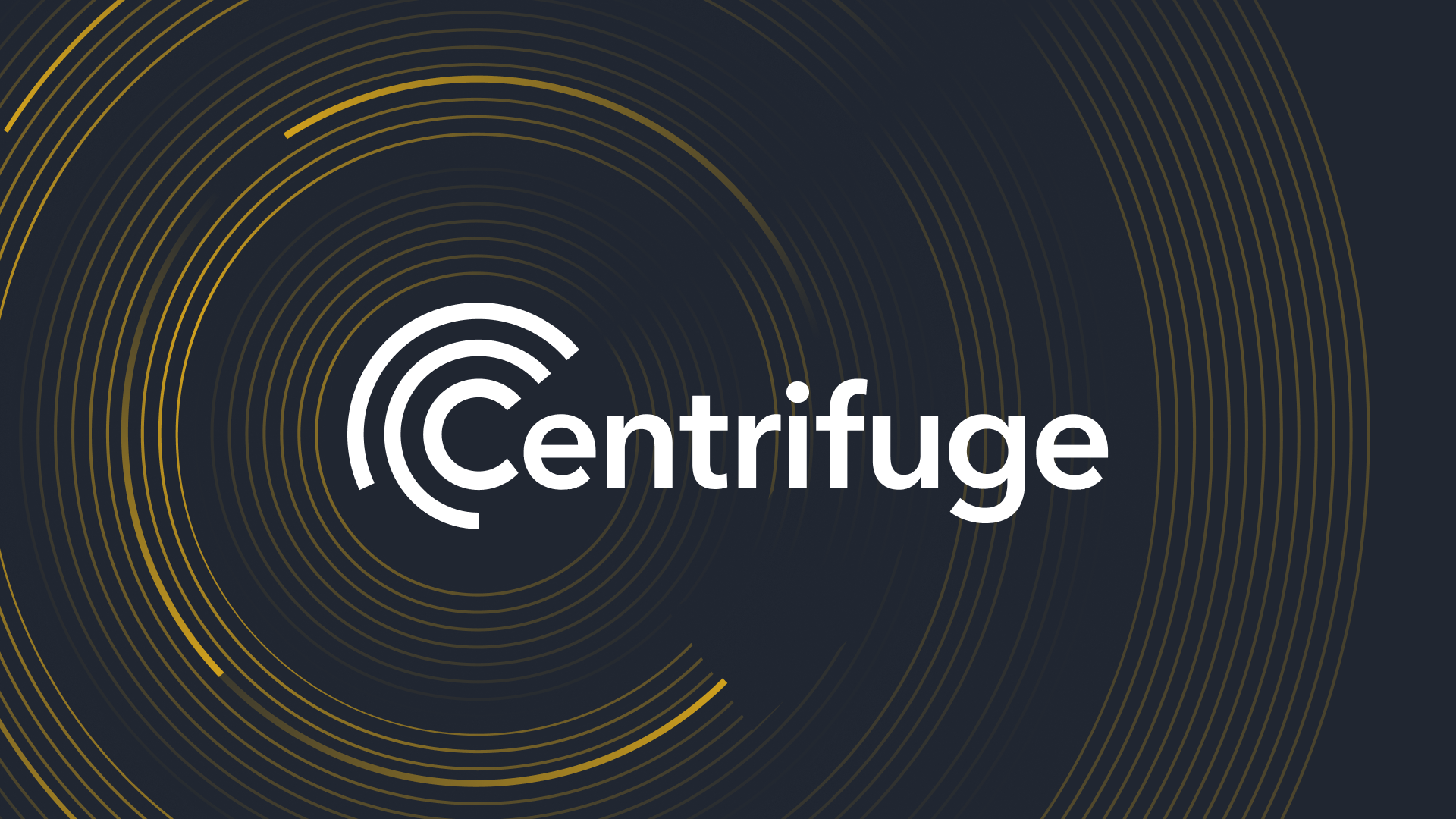
Centrifuge is a pioneer in the RWA field. As early as 2017, it proposed the concept of RWA and is committed to introducing off-chain assets into DeFi. As an open and decentralized protocol, Centrifuge allows all types of assets to be tokenized without a specific issuer or jurisdiction, and is jointly governed by CFG Token holders through Centrifuge DAO. As of December 2024, Centrifuge has facilitated more than $661 million in asset financing, providing transparent and efficient asset management solutions for institutions and DeFi users.
In order to promote the large-scale implementation of RWA, Centrifuge chose Polkadot as the underlying infrastructure. Polkadot's modular architecture allows Centrifuge to efficiently handle tasks such as portfolio creation, fee calculation, and instant settlement, and achieve cross-chain interoperability through XCM, so that investors can interact seamlessly in ecosystems such as Ethereum and Arbitrum. At the same time, Polkadot's shared security mechanism reduces operating costs and ensures network security. With the help of OpenGov transparent governance, Centrifuge strengthens community collaboration and attracts institutional funds such as BlockTower Credit and MakerDAO to enter the Web3 financial system.
Xcavate
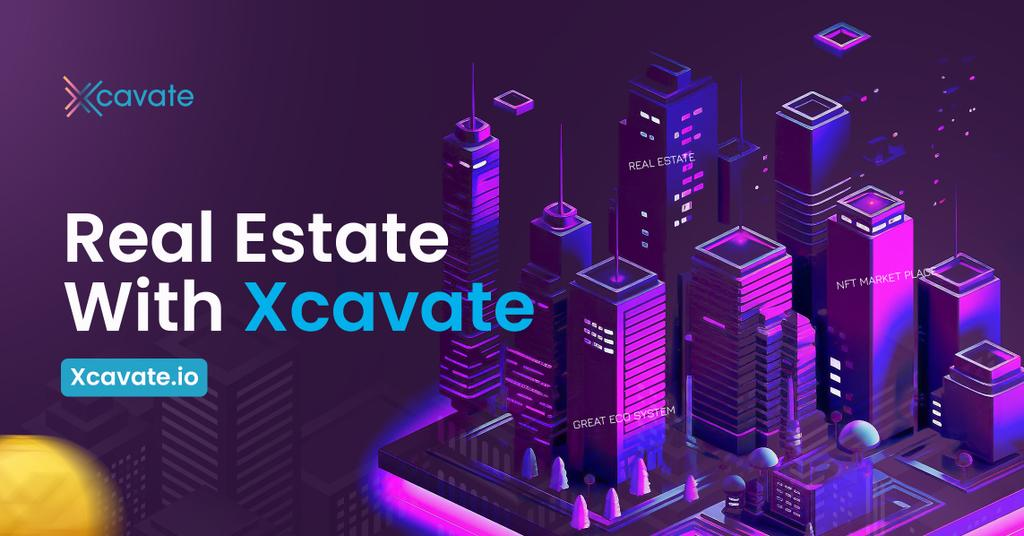
Xcavate is reshaping the global real estate investment market by digitizing real estate assets. As a decentralized, community-driven protocol, Xcavate aims to improve the transparency, accessibility, and efficiency of real estate investment. Users can purchase partial ownership of a property through the Xcavate platform to lower the investment threshold and diversify risks, while enjoying voting rights in property management, thereby truly democratizing real estate investment. Compared with traditional markets, Xcavate eliminates cumbersome intermediary processes, speeds up transactions, and brings liquidity solutions to the global $378.7 trillion real estate market.
Xcavate is built on the Polkadot SDK to achieve trustless code execution, automated token transfers, and reduced counterparty risk. Polkadot's modular architecture and XCM cross-chain interoperability support efficient operation of the protocol and provide a secure and reliable infrastructure. In addition, Xcavate is governed by token holders to ensure the long-term stable development of the protocol. Relying on Polkadot's shared security and scalability, Xcavate provides a safer and more efficient way to invest in real estate, allowing global users to fairly participate in the market where DeFi and RWA are integrated.
Energy Web
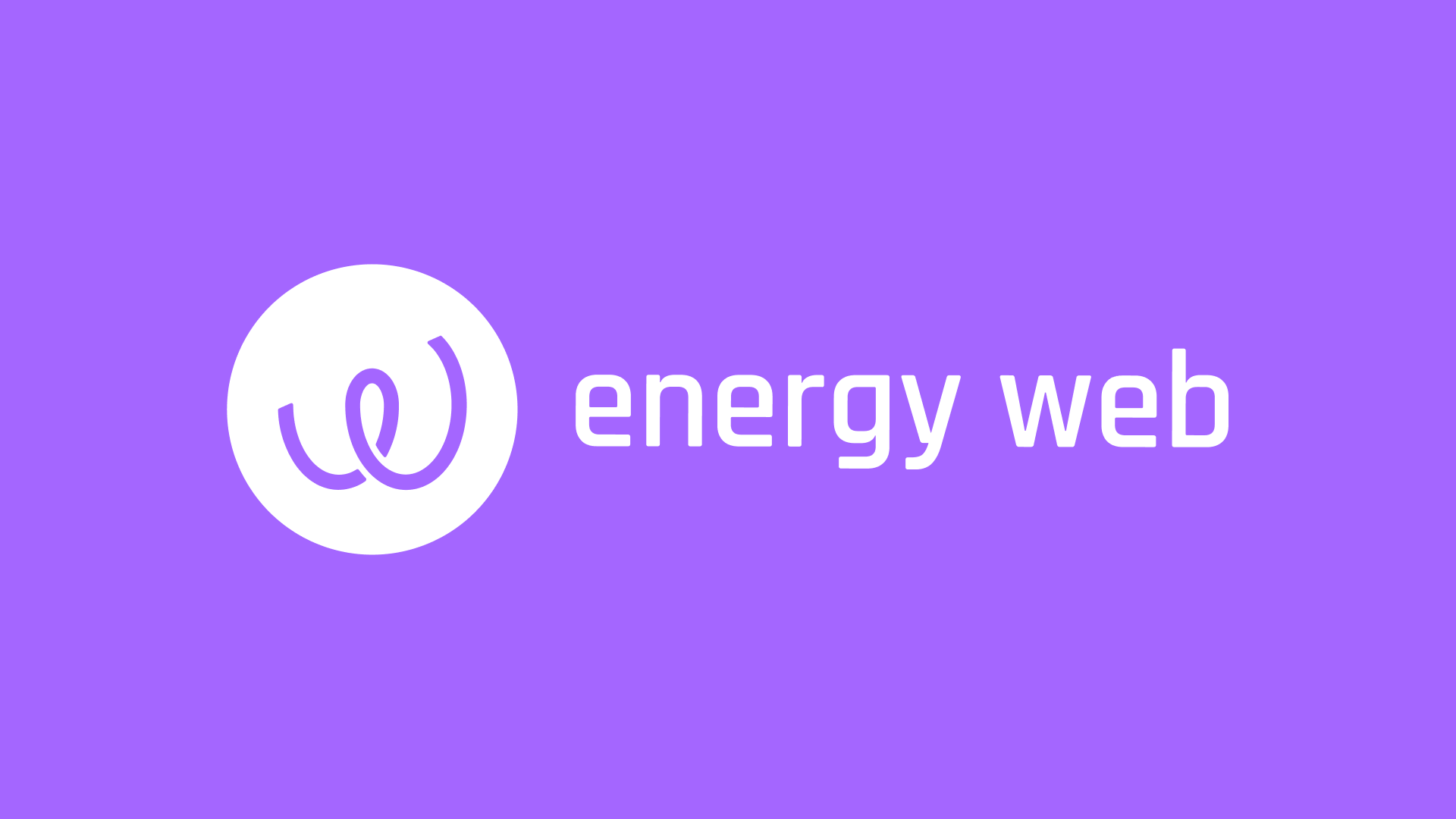
Energy Web is an open source organization dedicated to promoting the digitization and decentralization of the energy industry, focusing on helping companies accelerate the decarbonization process. It uses blockchain technology to solve industry problems such as renewable energy integration, electric vehicle management, and energy data privacy, and provides decentralized infrastructure support for more than 100 energy companies around the world. Energy Web was originally built on Ethereum, but due to high transaction fees and limited scalability, it is difficult to meet enterprise-level application requirements. In order to improve flexibility and efficiency, Energy Web chose to migrate to the Polkadot ecosystem, using its modular architecture and cross-chain interoperability to achieve more secure and efficient data interaction.
With the support of Polkadot, Energy Web built the enterprise-level blockchain Energy Web X, which can customize business logic and support applications such as sustainable aviation fuel tracking and electric vehicle charging data management. Polkadot's shared security mechanism enhances network security, enabling partners to run key businesses in a global trustless environment. At the same time, cross-chain interoperability breaks the industry's information silos and improves data sharing and collaboration efficiency.
Acurast
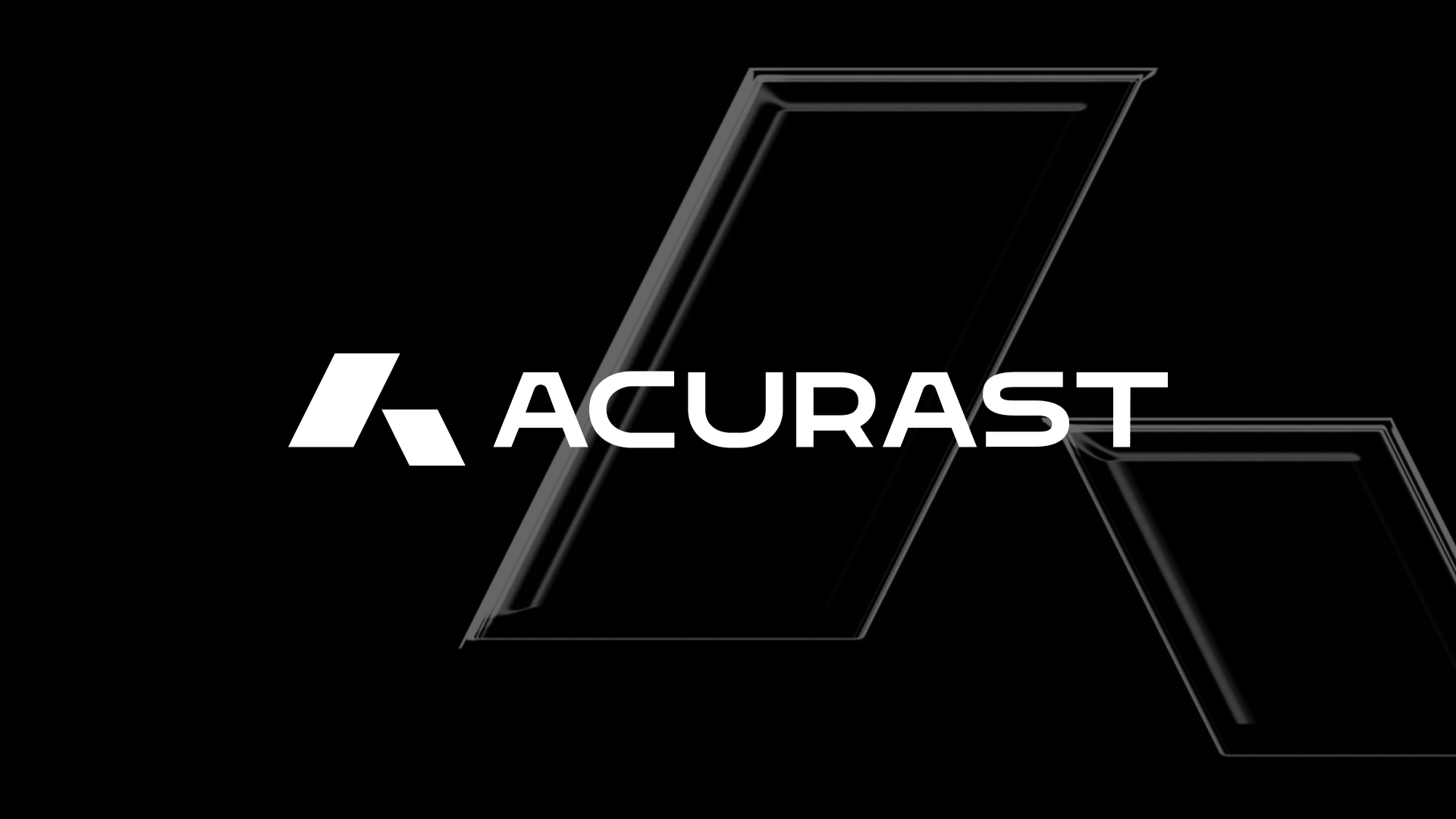
Acurast aims to build a decentralized cloud computing and confidential AI computing platform, transforming global consumer devices (such as mobile phones) into secure computing nodes, providing privacy protection and censorship-resistant computing environments. Through the built-in security modules of mobile devices, Acurast forms a distributed computing network that supports confidential AI processing and verifiable computing tasks. This model not only reduces dependence on traditional cloud services, but also allows users to monetize idle computing resources while ensuring data security and privacy.
Acurast builds a decentralized computing network based on the Polkadot ecosystem, uses the Polkadot SDK to verify computing tasks on the chain, and improves efficiency through a shared security mechanism to avoid independently building an economic security system. Polkadot's cross-chain interoperability also allows Acurast to seamlessly connect to other blockchain ecosystems and expand application scenarios. Currently, Acurast has been running on Polkadot's first network Kusama, processing more than 92 million transactions and maintaining high efficiency and stability. With the advancement of the mainnet and token issuance, Acurast is accelerating the expansion of device support and optimizing confidential AI computing, laying the foundation for decentralized AI computing and cloud infrastructure.
peaq

Peaq is a Layer 1 blockchain in the Polkadot ecosystem that focuses on DePIN and RWA. It aims to build an "Economy of Things" that enables machines, devices, and physical infrastructure to interact, trade, and exchange value autonomously. Through innovative on-chain identity (peaq ID) and smart contract technology, peaq enables devices to make peer-to-peer payments, data verification, and automatic revenue distribution. A typical example is the decentralized car-sharing platform that peaq has collaborated with Tesla. Through the digitization of vehicle ownership and charging pile revenue rights, users can complete charging payments directly through the on-chain wallet and share the vehicle operation revenue.
On the technical level, peaq makes full use of Polkadot's technical foundation. By adopting the Substrate framework, peaq realizes multi-threaded and asynchronous operation processing, greatly improving transaction speed and system scalability. Substrate's modular architecture allows peaq to be precisely customized according to specific needs to ensure efficient and stable operation of the network. With Polkadot's cross-chain communication protocol XCM, peaq can establish barrier-free connections with other parallel chains in the ecosystem to achieve cross-chain asset flow and data interoperability.
Conclusion
As blockchain technology continues to evolve, RWA and DePIN are moving from concept to reality, redefining asset ownership and infrastructure operating models. As a key infrastructure connecting the real world and the digital economy, Polkadot provides solid support for this change through its interoperability, shared security, and scalability.
In the future, as the regulatory framework improves and technology matures, tokenization will become the standard paradigm for connecting the physical and digital worlds, making assets more liquid, infrastructure more inclusive, and creating a more open, efficient, and fair economic system. In this new era of the Internet of Everything, everyone can participate in and share the value brought by the globalized asset and infrastructure network.
References:
https://polkadot.com/case-studies/energy-web-decentralized-power/
https://polkadot.com/blog/real-world-assets-depin-tokenization-value
https://polkadot.com/case-studies/acurast-decentralized-cloud-confidential-ai/
https://polkadot.com/case-studies/centrifuge-real-world-asset-tokenization/













